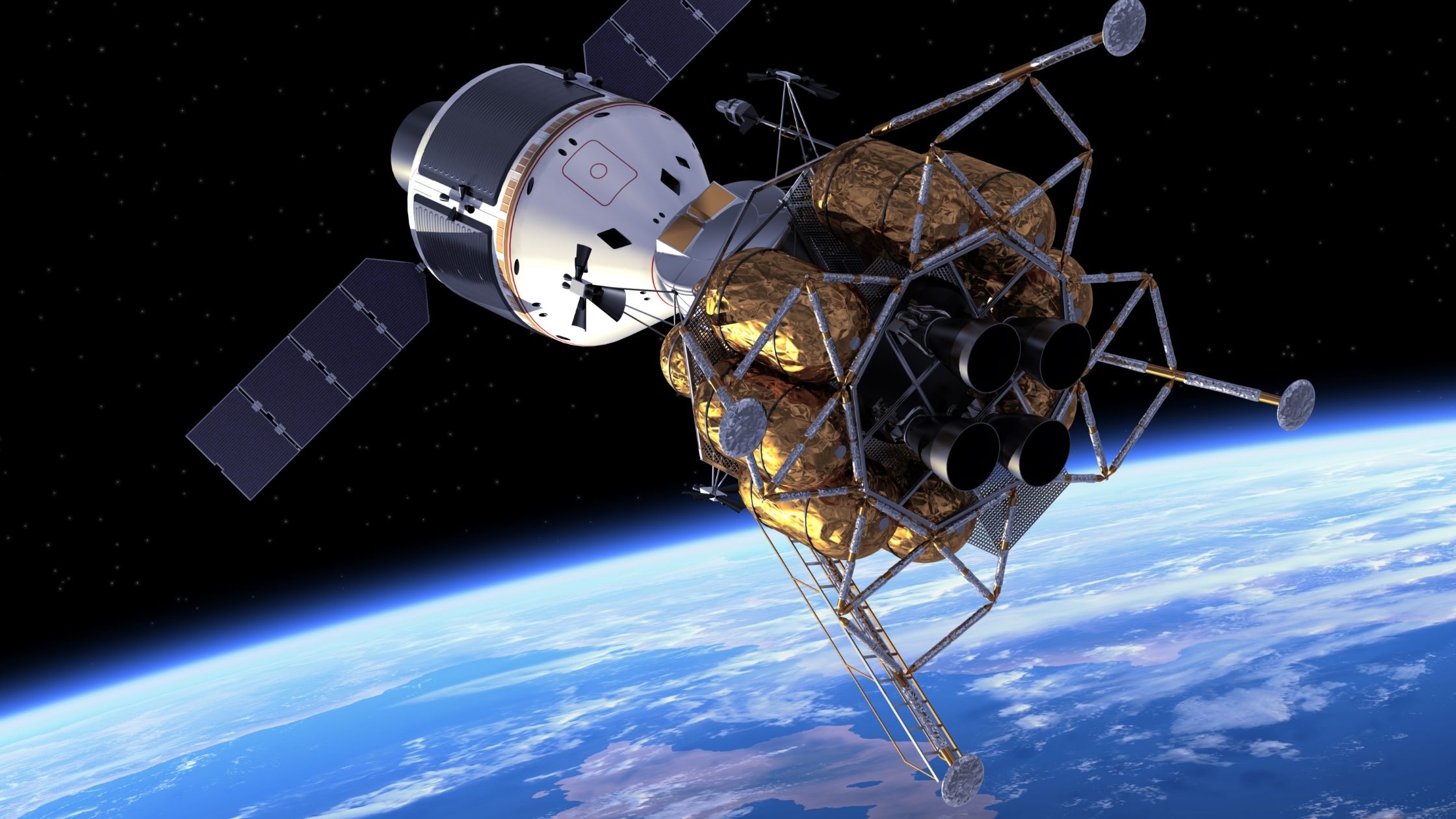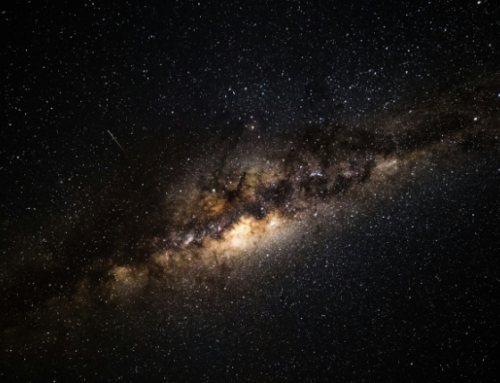For as long as humanity has recorded its history, our fascination with the stars and what lies beyond them has been ever present. Scholars and children alike have spent hours upon hours gazing at the sky while yearning to be part of the endless cosmos.
As science and technology matured we finally developed the necessary technology to launch us into Earth’s orbit, to the Moon and beyond. But as humankind would have it, we’re not satisfied to stop there. And NASA is making sure that we don’t. But they’re not doing it alone.
Minds around the world are constantly developing new concepts and technology that will take space exploration even further than government space agencies have accomplished thus far. NASA nurtures these groundbreaking ideas through its NASA Innovative Advanced Concepts (NIAC) program. NIAC invests in the development of revolutionary innovations that not only change and improve the way we investigate the universe, but also the way we live here on Earth.
If You Can Dream It, NASA Can Do It
The component that makes the NIAC program so progressive is the way it sources the ideas that eventually become breakthrough NASA technology. The projects chosen for development by NIAC are concepts developed by a variety of non-traditional sources outside of NASA. As such, American researchers and developers, like you and me, are encouraged to submit their spaceworthy ideas to NIAC for consideration. Those ideas with powerful potential to transform or improve aerospace technology are chosen for further development.
With a program like NIAC, NASA opens the door for innovators, investors and wide-eyed children to become a greater part of space exploration and the impact it has on humanity. NIAC makes it possible for technology pioneers and entrepreneurs from all backgrounds to be partners in the great galactic journey by turning their visionary ideas into the advanced technology needed for interstellar missions.
Getting Closer to Going Further
With each new generation of eager space explorers comes a wave of ingenuity and unconventional gadgetry. Mechanisms and machines that once seemed almost cartoonish are now on the precipice of becoming very real aerospace provisions.
The SmartSuit, for example, is a mechanism that feels as though it may have been pulled directly from the future – much more advanced than anything Star Trek ever imagined. The design includes soft-robotics, self-healing skin and data collection. These advancements could allow for extravehicular activity in extreme environments and enhanced mobility for various exploration missions.
Meanwhile, NIAC is also working on getting a grip on the sun. Finding the right sunscreen for a weekend at the beach is one thing. But determining the best materials to withstand the power of the sun in close proximity in space and on other worlds is quite another. In a breakthrough materials-science study called Solar Surfing, researchers are working to produce protective materials that will stand up to aerospace missions closer to the sun.
Taking a Longer Look
While some visionaries work toward more nimble spacewalks and understanding our largest star, others set their sights on getting a better look at nearby planets as well as those circling other stars
Venus is hot on the radar. NASA is officially investing in two ideas that could make it possible, for the first time, to closely study the environment of this notoriously hostile planet.
Bioinspired Ray for Extreme Environments and Zonal Exploration (BREEZE) is inching toward inflatable exploration of Venus’s atmosphere, while Power Beaming for Long Life Venus Surface Missions is taking a new approach to a potential Venus surface mission by using power beaming.
Many of NASA’s investments hinge on improved versions and enhancements of vital aerospace tools such as telescopes. Currently, NIAC is developing two revolutionary concepts that make this essential equipment more dynamic and flexible.
The Dual Use Exoplanet Telescope (DUET) has the novel ability to detect and characterize planets outside of our solar system. Meanwhile, The High Étendue Multiple Object Spectrographic Telescope (THE MOST), the first completely new optical telescope in more than three centuries, has a compact design that can be easily transported and installed once it arrives at its destination.
Giant Leaps for Humanity
NIAC is not only invested in revolutionary space exploration. It is also focused on providing solutions on Earth and to the future of humankind. Whether you realize it or not, NASA technology is a major component of modern life on our planet, with real-world benefits that can be appreciated here on the ground. Companies all over the world use space-based technology to save lives, streamline commercial production, and move people from one side of Earth to the other.
Solar Surfing, Smart Space Suits, and materials that can withstand the heat of the sun may seem outlandishly futuristic, but they’re really not that far out. Thanks to NASA believing in the innovators and investors of today, they’re creating a better world for all of us tomorrow.






